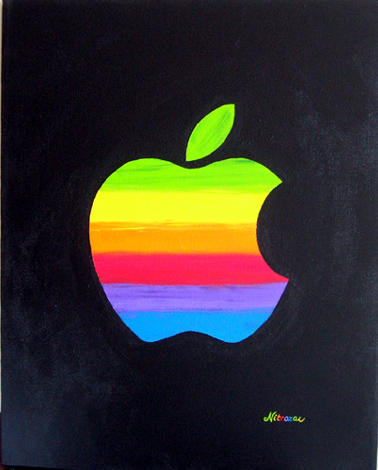It seems unlike Apple, which has scoffed at inexpensive Macs and been viewed as catering to higher-income consumers. However a new study suggests the iPhone is fast becoming a favorite of low-income buyers.
From June through August, iPhone sales grew 48 percent in households earning between $25,000 and $50,000 compared to 21 percent growth overall, according to comScore.
The researchers found low-income consumers see the iPhone as a way to consolidate costs of a phone, broadband connection and music device.
“Smartphones, and the iPhone in particular, are appealing to a new demographic and satisfying demand for a single device for communication and entertainment, even as consumers weather the economy by cutting back on gadgets,” Mark Donovan, comScore senior analyst, said in a statement.
Mobile phones were used by a larger percentage of low-income gadget buyers. Obtaining news and information by mobile phone rose by 5 percent among this demographic, higher than the 3 percent growth overall.
Noting paying $200 for the iPhone and $70 per month for service “seems a bit extravagant,” the findings actually make sense, according to Jen Wu, the senior analyst that authored the report.
“One actually realizes cost savings when the device is used in lieu of multiple digital devices and services, transforming the iPhone from a luxury item to a practical communication and entertainment tool,” said Wu.
Some suggested, however, a different interpretation of the study results.
“Let’s say its true. Its more about disadvantaged overspending like they do on $500 Nike shoes. And then their house gets foreclosed,” Gartner analyst Ken Dulaney e-mailed Cult of Mac.
ComScore defended the study’s methodology.
“We include these people [young people living at home] in our study; but we ask about the individual’s primary device, this does not include other devices in the home,” Jaimee Steele, comScore’s vice president of corporate communications, told Cult of Mac.
Steele said that the study tended to skew toward female retirees.
The spokesperson also said it did not find similar affinity toward RIM, maker of the rival BlackBerry smartphone.
“BlackBerry adoption among this group increased 21 percent–above the market average, but less than half that of the iPhone,” Steele told Cult of Mac by email.
More than the drop to $199, the introduction of the iPhone 3G helped spur adoption among the lower-income group, she wrote.



8 responses to “Study: iPhones Favorite Of Low-Income Gadget Fans”
The total cost of ownership of an iPhone over a two-year period is can range anywhere from $2,000 to as high as $6,000. http://blog.wired.com/gadgets/… Yes, the phones are cheaper today. However Wired’s analysis doesn’t appear to take into account taxes which can add considerably to your cell phone bill.
Should we be the least bit surprised that Americans are in debt up to their eyeballs and can’t afford their mortgages?
Comparing the ToC of an iPhone to most of today’s phones and service plans shows not a lot of difference. Service may cost 10 bucks more than many voice/data plans. And compared to the “unlimited” voice plans it’s a bargain. If you use IM and email in lieu of texting you can get a lot more for your money. The device isn’t cheap but it isn’t pricey.
The iPhone is actually a cost effective alternative to a lot of other options. So for a few extra bucks a week you get both the (perceived and reviewed) best smartphone and iPhone caché at an affordable price point, which is not usually available to middle class buyers.
— Nice new look. Not as “stylish,” but infinitely more readable and user friendly.
TCO is a spurious argument. On ATT if you pick a phone and have a similar contract (voice, unlimited data, 200 txt) on a different 3G phone. The TCO over two years is almost identical. In fact the only difference would be the initial price of the phone.
How about you be a little honest and include a comparison to other equivalent phones.
http://www.engadget.com/2007/0…
From the analysis:
“…on individual plans your iPhone bill is almost identical for similar features on another individual plan.”
And by “almost identical” they mean the iPhone plans are $0.24 more over two years.
I see this ridiculous argument pop up time and again. It’s time to put the TCO FUD to rest.
err.. I was replying to the 1st comment and not the article, in case that wasn’t clear.